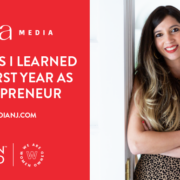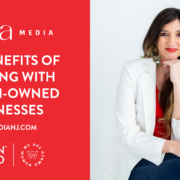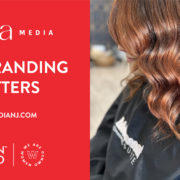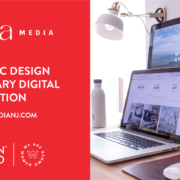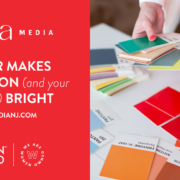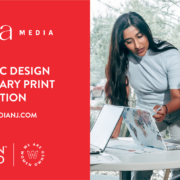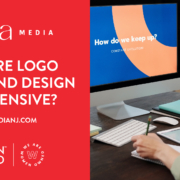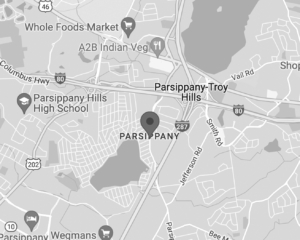What Can Tennis Teach Business Owners ?
What Can Tennis Teach Business Owners ?
I’ve been playing tennis since the 4th grade. Over the years, I’ve discovered that performing well on the court is a lot like succeeding as a business owner. While natural talent and superior skills are really important, the things that are absolutely essential are strategy, resilience, and the will to win.
In honor of National Tennis Month, I thought I’d share how some of the lessons I’ve learned playing tennis could be game-changing for your business.
Practice, Practice, Practice.
Many great athletes attribute their success to continuous practice. The summer before I entered college, I went out to practice my serve every night after working at my part-time job. I worked hard to achieve a killer serve, and I apply that same dedication to working on client projects. Just as athletes need to practice, business owners need to work constantly to understand their industry, build their operations and management skills, and be open to learning from others. You may have a brilliant business idea or be a born leader, but this commitment to continuous improvement is what will set you apart from the competition.
Grace Under Pressure.
Tennis is equal parts mental and physical. My game improved tremendously as I learned to stay calm and focused under pressure, and not let setbacks stress me out. At work, I’m able to handle tight deadlines and not let unexpected problems or last-minute changes get to me. Learning to manage stress and maintain a positive mindset when things go sideways is a valuable skill in the business world. It allows you to see your way through problems and find solutions that are a win-win for your clients and your team.
Planning, Problem-Solving + Perseverance
Tennis is a game of strategy and problem-solving. Players analyze their opponent’s strengths and weaknesses, and make real-time decisions to adapt their game plan and throw off their opponents. Similarly, strategic thinking and effective decision-making are pivotal for business owners who want to thrive in today’s super-competitive environment. Keep in mind that, on or off the court, a strategy doesn’t always have an immediate impact. Sometimes its effectiveness is only revealed over time, which is why never giving up or giving in often wins the day.
Losing and Learning
I’ve always been inspired by professional athletes who can turn the page on a bad performance, and see each new day as an opportunity to improve. It’s not always easy, but after a tough outing on the tennis court I analyze what went wrong and what I can do better the next time. Small business owners can do the same thing. Rather than dwelling on mistakes or losses, look at what worked and what didn’t. Then use the information to help you and your team shift gears. The key is to let go of negative feelings and seize the next opportunity to become a stronger and smarter leader.
Effective Communication.
Sports require effective communication – with teammates, coaches, referees, even fans. When I play doubles, communicating well with my partner can be the difference between winning and losing. In business, clear and concise communication is equally crucial. Whether you are leading a team or helping a client understand a sticky situation, put in the effort to make sure you are speaking the same language. And on the same page.
Playing Fair.
Nothing is more frustrating than an opponent who is clearly cheating. One of my biggest pet peeves is when someone keeps calling the ball out when it is obviously in. And I do my best to avoid being on the court with them. The same is true in business. For me, playing dirty is never justified. And I don’t believe in winning at all costs. I make it a point to be fully transparent with clients about everything – from expressing ideas and negotiating fees to following up to keep projects moving.
When it comes to leveling up your branding, we don’t just talk a good game. You can count on MIFA Media to use every tool in our (tennis) bag to help your brand stand out – and send your competition packing.


